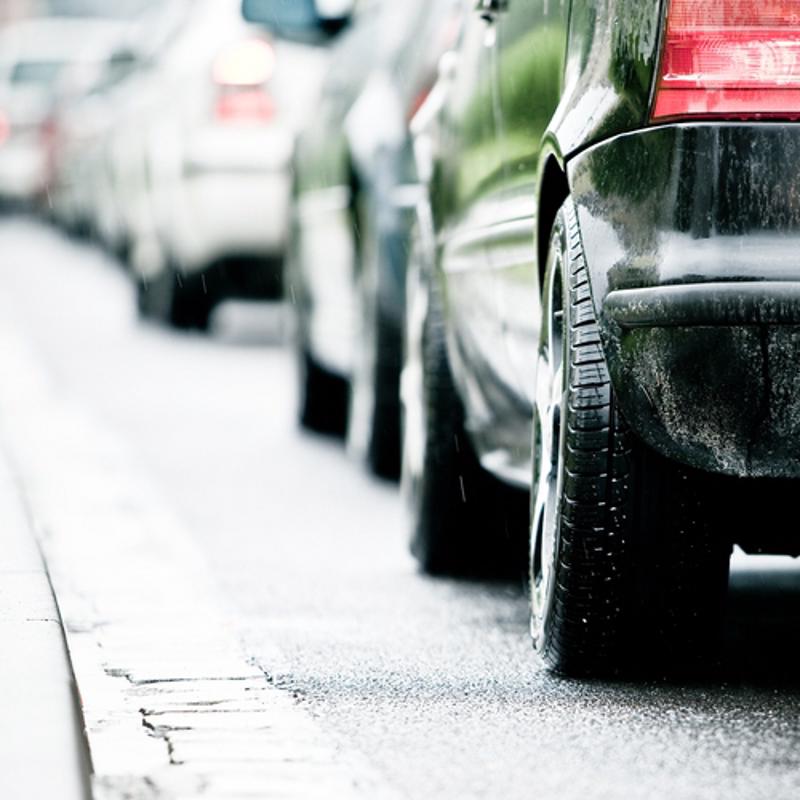General Motors recently unveiled a new braking concept that will help vehicles carrying trailers come to a stop. GM stated that its new trailer braking system can reduce stopping distance by up to 20%, or 40 feet. GM hopes this breakthrough can be further developed into efficient, safe braking technology for cargo trailers. This new prototype braking system uses GM's own eBoost braking technology equipped on both vehicles.
A heavy problem
Typical braking works by converting the kinetic energy of a car in motion into heat through friction, allowing the vehicle to slow down by shedding its excess energy. The amount of energy that needs to be released in the braking process increases proportionally to the weight and speed of a vehicle. Thus, vehicles equipped with stock brakes and carrying trailers need more time and space to come to a complete stop than vehicles that have no trailer attached. This problem is further complicated by the shifted center of gravity caused by the attachment of a trailer; the vehicle is less stable and more prone to drifting than an unencumbered vehicle would be. Unlike larger trucks, passenger vehicles carrying trailers only have four wheels, which means more load is placed on the individual tires, and both the stability and longevity of the tires and brakes suffer as a result.
GM's eBoost technology is meant to be a solution to the problem of braking with a trailer attached. The eBoost system is already publicly available on the 2020 Chevrolet Corvette Stingray and Silverado vehicles. The technology has been placed on a trailer as a proof of concept for a future, mass-produced version of the system. This new iteration uses the same principles as the eBoost systems currently equipped on the Stingray and Silverado – based on driver input, these brakes can be fine-tuned to accommodate different driving modes and conditions. When the foot pedal is pressed down, brake fluid is transferred to the brakes at a rate and force determined by the driver's selected preferences. This offers an advantage in both weight and power over static, vacuum-based power braking systems, according to CNET.

Proof of concept
On January 21, 2020, GM announced that they had transferred their eBoost technology onto a trailer and successfully reduced the stopping time and distance of a car equipped with them. When the eBoost system is equipped on both the automobile and the trailer it carries, stopping distances at 60 mph were reduced by up to 20%, or 40 feet. This is equivalent to the 60 mph stopping distance that a truck of equivalent gross tonnage would need to come to a complete stop. This successful test was made possible using a seven-pin wire connecter that transmits the driver's input through the eBoost software and triggers a braking action.
Following this promising result, GM officials have expressed that they hope to continue to improve this concept until they have a technology that can be mass produced and equipped on consumer trailers. The company plans to create a system that can be used with any tow vehicle. However, for consumers to make use of this technology, both the driver's vehicle and the trailer they are carrying would need to be equipped with eBoost braking or a similar system due to the use of software in the operation of the brakes. Trailers would not be able to receive instructions to brake if the parent vehicle is not equipped with the appropriate computer hardware.
This and other exciting developments means that modern automotive transport is changing rapidly. No matter what new technology comes along, however, vehicle safety will always require high-quality, responsive brakes that stand up to tough conditions and general wear and tear. Contact Greening Associates for a complimentary consultation to ensure that your brakes in good working order and stay that way.
